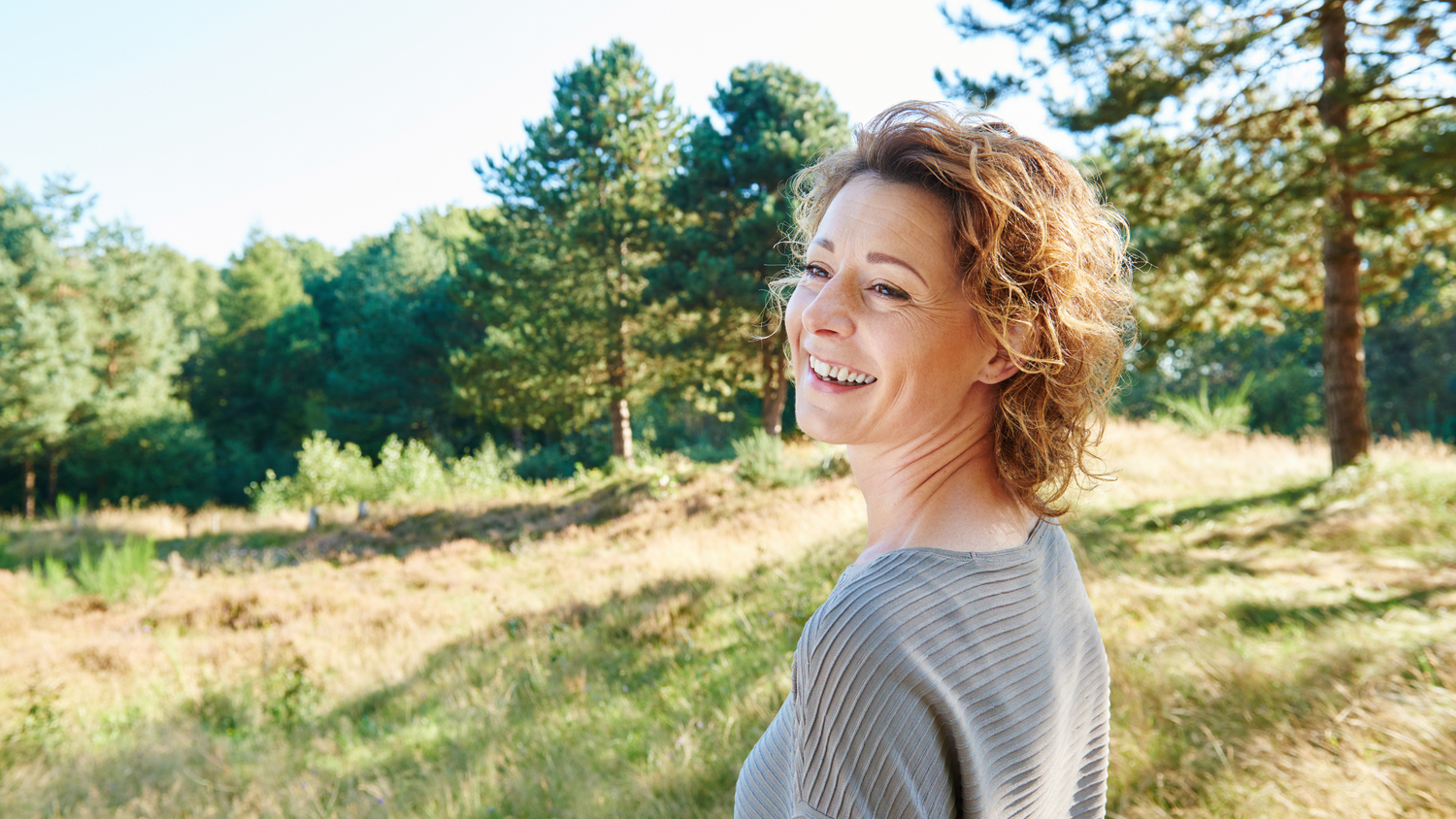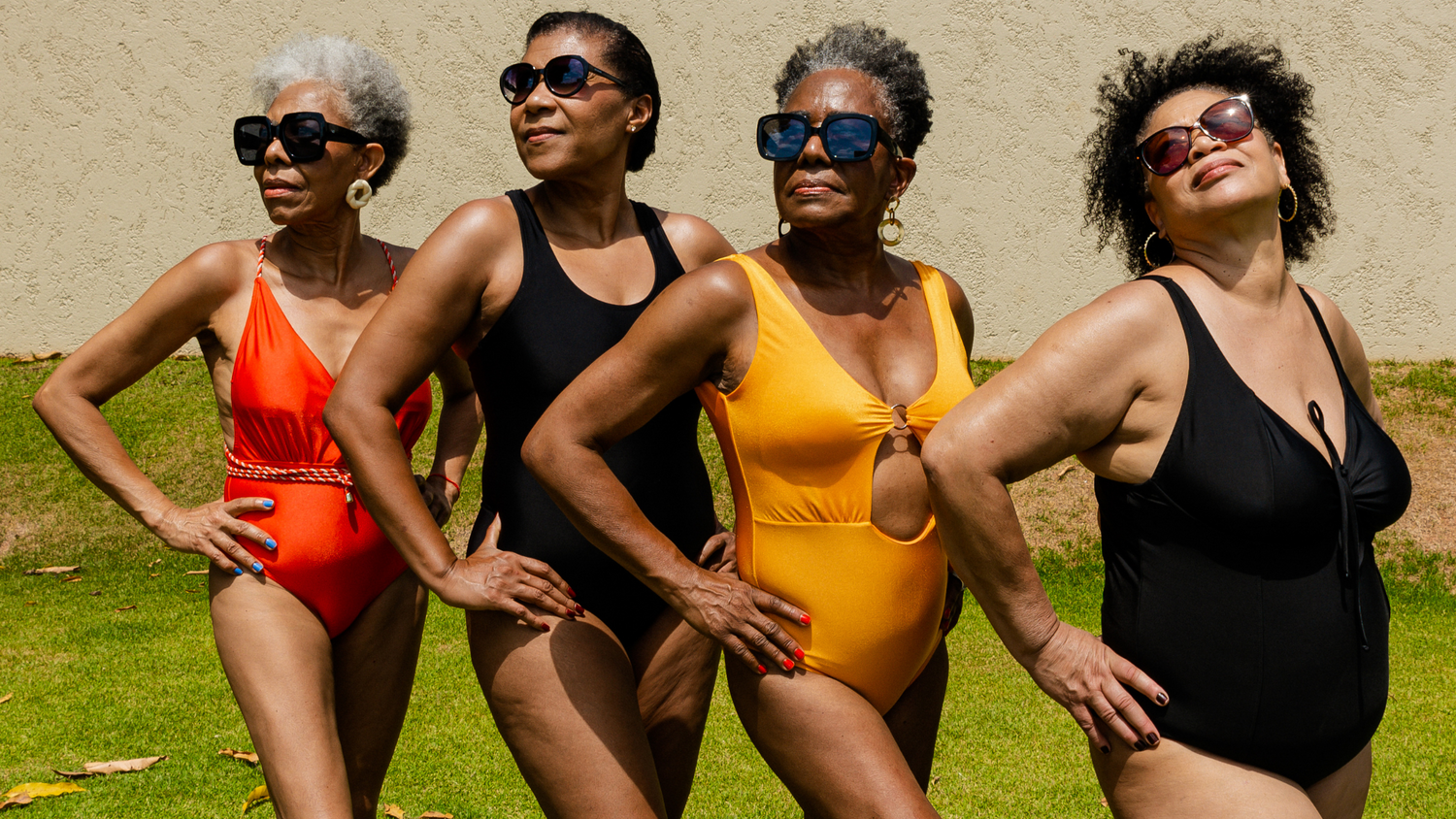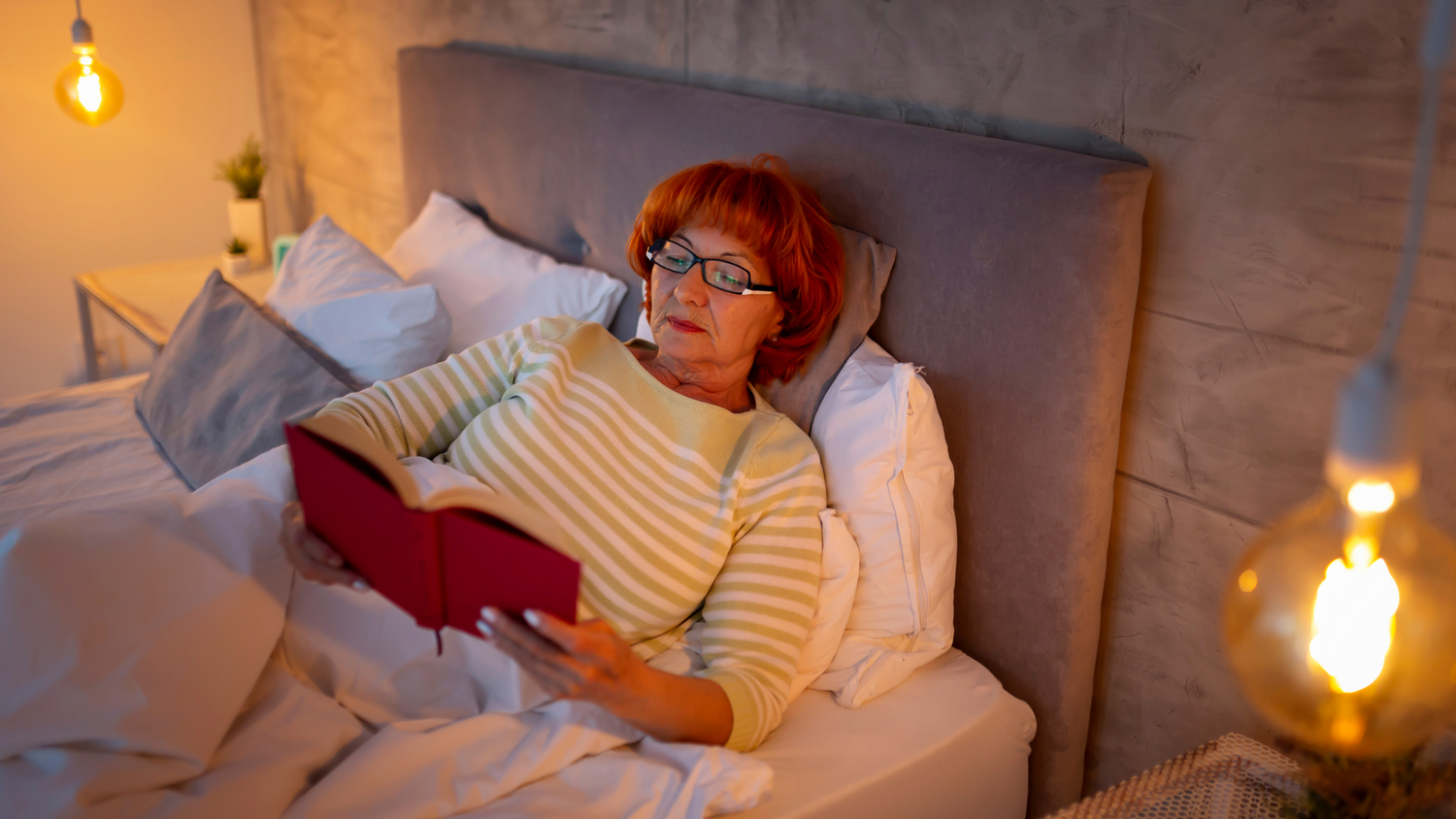Every person chooses to relax and unwind in different ways. While some of us like to immerse ourselves in higher heart-rate activities like cardio to destress, others find meditation or taking a quiet walk therapeutic. Yoga, however, is considered somewhere in between and can be very helpful in reducing stress, particularly when you practice it regularly.
Practicing yoga on a regular basis can have magical effects on both your mental health and physical wellbeing. Yoga helps strengthen endurance, flexibility, and according to a 2011 study from the International Journal of Yoga, “facilitates characteristics of friendliness, compassion, and greater self-control, while cultivating a sense of calmness and well-being.”
Other yoga benefits include lowering cortisol levels (cortisol is that pesky stress hormone you often hear about), improving sleep quality, aiding in digestion and boosting the immune system. Doing yoga also raises serotonin levels in the brain (aka the “feel good” chemical) and makes us feel overall happier and satisfied.
Health experts and yoga instructors recommend the following 4 very simple yoga poses to help fight off stress and even prevent anxiety flare ups. These positions address the tension that we tend to hold in common areas such as the neck, back, shoulders and hips.

Child’s pose
This pose is simple to do and doesn’t require a lot of physical effort, which makes it more relaxing and passive than a lot of other yoga postures. It involves first sitting on your heels, stretching your arms out and extending your torso forward until it reaches your thighs. In child’s pose, the goal is to completely surrender and let the weight of your head, shoulders and torso do all of the restorative work for you. Child’s pose is an excellent way to quiet our commonly bustling brain, our nervous system and bring balance to the body and mind.

Bananasana
Often called the half-moon shape or banana pose, bananasana is a foundational stress-relieving posture belonging to the yin yoga practice. Yin yoga aims to relax our connective tissue including the joints, ligaments, bones and deep fascia, while a standard vinyasa practice focuses mostly on our muscles. This pose involves lying on your back and curving your legs and arms to the right or left until you feel a gentle stress on either side. The name might sound funny and you may look like a banana on a mat, but the pose is known to target the intercostal muscles and help with deeper breathing, which brings stress relief faster than other poses.

Cat and cow pose
This posture focuses on stretching the spine and begins on your hands and knees in a simple tabletop position. As you breathe in, you tilt your pelvis back until your tailbone lifts and as you exhale, you arch your back like a cat, pushing the floor away from your body. Cat and cow pose is meant to be done in slow intervals and can be repeated several times in your own rhythm and pace. It’s a great posture for massaging out the spine and easing lower back tension. Our spine carries us throughout our day and the more we do to make it flexible and less tight, the easier it is for us to breathe fully and deeply - which reduces stress. Ann Pizer, a registered yoga instructor, explains that the cat and cow pose is a “good stress-reliever and calming pose, since you link the movements with your breathing.”

Legs up the wall pose
Yes, it’s as easy as it sounds. In this pose, you lie down facing a wall and scoot back until both legs can be easily propped straight up against the wall. Do this in a way that is comfortable and requires little to no physical effort to keep your legs up. This position can be held for as little as a minute up to as long as you feel comfortable. Legs up the wall calms the mind and body in the same way child’s pose does. It requires minimal physical effort and is all about releasing the tension in your body that you have been carrying around. In addition to stress relief, legs up the wall pose also improves blood circulation and is good for people who sit at desks all day and need to rebalance their blood flow.





